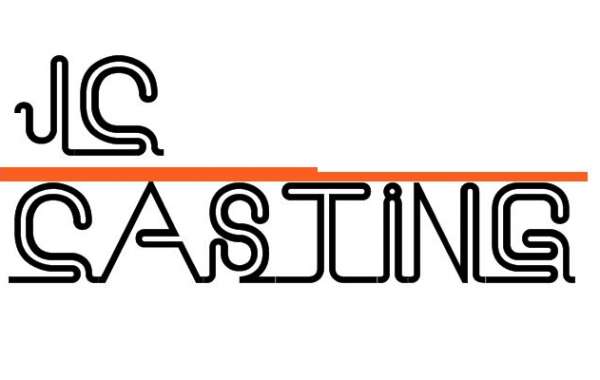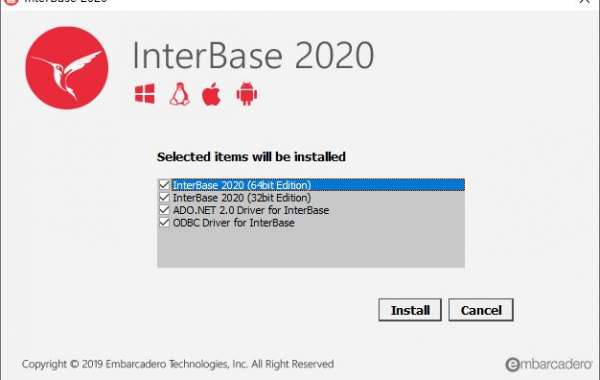JIACHUAN CASTING produces two different types of iron castings every working day. All iron we dump contains 2.5% to 4% carbon. The shape of the carbon (graphite) in solid castings and the structure of the surrounding metal grains determine the material properties and properties of the various castings we produce.
Grey cast iron: lower cost and higher vibration damping
Grey iron is the oldest commonly used form of cast iron and consists of flake graphite in a pearlitic matrix. Gray iron has weak tensile strength and strong pressure resistance. It behaves like a brittle material under pressure and fails under tension without significant plastic deformation. Grey cast iron is easy to manufacture and machine and has excellent vibration damping properties. These properties make gray cast iron an excellent choice for machine bases, engine blocks, motor housings, and transmissions. It is also best for other metal parts that require moderate strength but not impact resistance and ductility
Ductile Iron: Higher Strength and Better Performance
Ductile iron, which was not developed until the mid-20th century, was made using magnesium ladle additions to condense graphite flakes into spheroids during solidification. For this form of graphite, the behavior of the resulting metal depends (to a greater extent) on the properties of the ferrite or pearlite matrix surrounding the nodules. Material properties are no longer simply governed by brittle fracture along graphite flakes in grey cast iron. The resulting metal has higher strength than grey iron and exhibits plastic deformation before failure. Therefore, the performance of ductile iron castings is between the rigid and brittle behavior of gray iron castings and the soft and very ductile behavior of mild steels. Although more difficult to manufacture than grey iron, ductile iron is still much cheaper to produce than steel. This combination makes ductile iron castings the best choice for ferrous casting components whose stress, strain and fatigue requirements are met through one of its many different standard grades.








